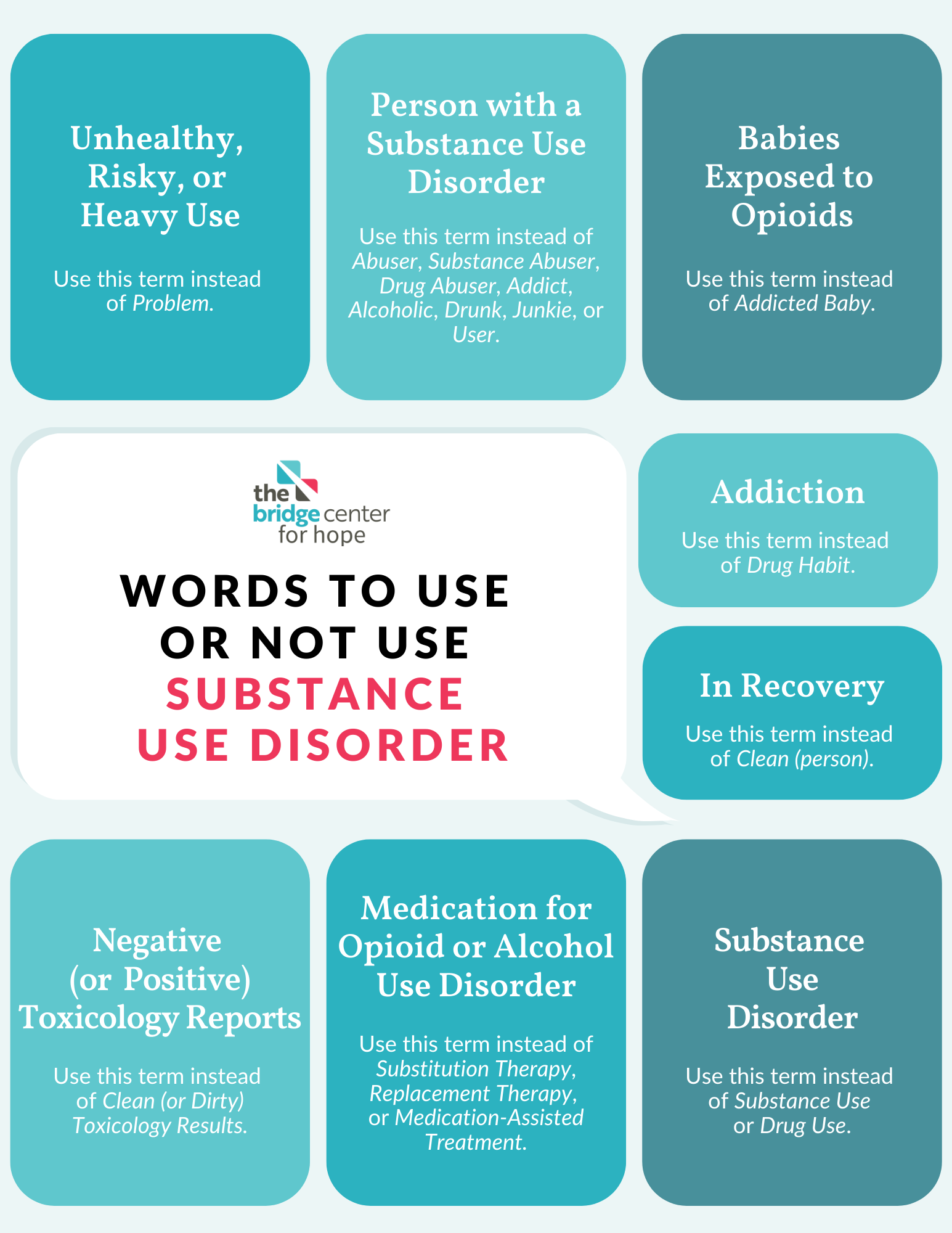Reducing the Stigma of a Substance Use Disorder
In the past two decades, the U.S. has experienced an epidemic of substance use disorders. In the late 1990s, pharmaceutical companies assured doctors that patients would not become addicted to the newly available opioids coming on the market, and doctors began to prescribe opioids at a higher rate.
Despite those claims, these drugs were highly addictive, leading to the current opioid epidemic devastating many communities today. More than 760,000 people have died since 1999 from a drug overdose, and in 2018, two out of three drug overdose deaths involved an opioid. This epidemic of preventable deaths has led to a significant decline in life expectancy.
Alcohol addiction has also increased in recent years. Between 2006 and 2014, alcohol-related ED visits increased by 47%. An estimated 95,000 people die from alcohol-related causes annually.
But solving the substance use crisis starts with reducing the stigma around the disorders and encouraging those in need to seek treatment. Less than 10% of individuals with alcohol addiction sought treatment in the past year. And only 1 in 10 of those who face a substance use addiction is in treatment.
Reducing the stigma associated with substance use disorders would greatly increase the number of individuals who would seek treatment for-and recover from-their addiction. Here's how we can reduce the stigma about drug and alcohol addiction.
One of the most pernicious stigmas associated with substance use disorder is that the condition is a sign of moral failing or a choice on the part of the individual. To reduce this stigma, we need wider recognition that addiction results from brain changes influenced by factors outside of an individual's control, such as genetics and environment. People who suffer from a substance use disorder often require medical care to recover, just as someone with another medical condition or disease would.
But when people with addiction issues face perceptions of their disorder as a result of a moral failure on their part or as simply a consequence of poor decision-making, that can impede recovery and lead to a cycle that more deeply entrenches their disease.
The emergency room is often not the best place for your loved one in a substance use crisis since the wait times can be long and the psychiatric care can be insufficient. A crisis-receiving facility provides crisis stabilization services to people in need of urgent care for a substance use disorder.
Similar to an emergency room, a facility-based, walk-in crisis center like the Bridge Center provides short-term, behavioral health crisis intervention, offering a community-based, voluntary, home-like environment as an alternative to more restrictive settings. In addition, crisis stabilization services provide an alternative to costly, overcrowded emergency rooms.
Guests admitted to a crisis-receiving facility are assessed by nurses, licensed mental health professionals, psychiatric nurse practitioners, or psychiatrists to determine if the individual meets one of the three criteria: a danger to self, others, or gravely ill. If one of the three criteria applies, the treating physician issues a physician emergency certificate, and the guest remains involuntarily committed.
Many people hold the misconception that individuals with substance crisis disorders cannot recover from them. This leads to stigmas about the condition because people think that individuals who are managing their substance use disorder cannot lead full, productive lives.
But that's simply not true. It is a chronic disease that, with the right treatment, can be successfully managed for life. Treatment often involves medication, behavioral therapies and other methods to help patients manage their disorders.


